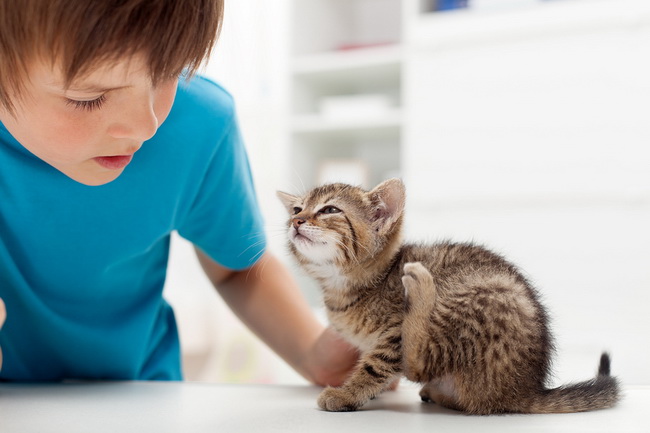- Make It Yourself Lavender Heart-Shaped Bath Bombs!
- 20 Things You Never Knew About “Down There”
- 12 Best Foods For Those Suffering From Arthritis Pain
- 12 Personal Hygiene Mistakes Almost Everyone Makes (Mom Never Told You About #4!)
- 15 Medicinal Plants And Herbs From The Cherokee People
- 12 Mind-Blowing Benefits Of Drinking Coconut Water During Pregnancy
- 12 Outstanding Winter Foods That Won’t Fatten You Up Like A Christmas Turkey
15 Ways Your Home Might Be Poisoning Your Pet (We Never Thought About #9!)

Photo credit: bigstock.com
Our pets always have a special place in our lives. They can help us be more social, give us major stress relief, and even improve our health. Many of us consider our pets a part of our family, but aren’t they really more than that? Think about it: our pets act as friends, guardians, workout companions, traveling companions, even therapists.
Because of the special relationship we have with our pets, they often occupy our homes. They drink the same water, breathe the same air, sit on the same furniture, sit on the same lawn, and many times, sleep on the same bed as we do. This means that they are exposed to the chemicals and toxins in everything inside and outside our homes.
Because they tend to be much smaller than us, our pets are often the first ones to show signs of illness or to warn us of an immediate problem in our living spaces.
This has been known for ages, which is why many workplaces used animals to warn workers about possible hazards. Canaries used to be brought down to mine shafts to warn miners when the mine was filling with toxic gasses. In Japan in the 1950s, many fish were filled with mercury contamination far greater than what we are experiencing today. Back then, it was cats who first alerted the population to the problem when they began to show symptoms of mercury poisoning, later known as “dancing cat fever.”
Our pets have much more contact with household dust, floor surfaces, and outdoor plants and soil. Most pets’ grooming habits also make it much more likely that they will consume pollutants and toxins. This means that our pets are very much like the canaries in the coal mines; they can warn us of invisible dangers.
Since we are responsible for their health, we should also be responsible enough to give them a space as free of toxins as possible. By looking at the worst offenders around the home, we can reduce these toxins and make a healthier space for both our pets and ourselves.
Keep reading and find out the top 15 sources of toxins that might be slowly poisoning your friend and companion.
1. Mothballs
When used properly, mothballs work well, killing moths and deterring other types of insects from bothering our clothes. However, when left lying around carelessly or when not used properly, they pose a terrible health risk to our pets. Just inhaling the scent of mothballs can cause eye irritation, severe headaches, and respiratory distress. If your pet should eat even one of these strong smelling clothes protectors, it can cause seizures, heart arrhythmia, liver damage, respiratory distress, and even death. Repeated inhalation of fumes or eating just a couple mothballs can be fatal. For some reason, some pets seem to be really attracted to these things. Ditch the mothballs and use cedar sticks, which smell great, and are non-toxic.
Continue to Page 2































